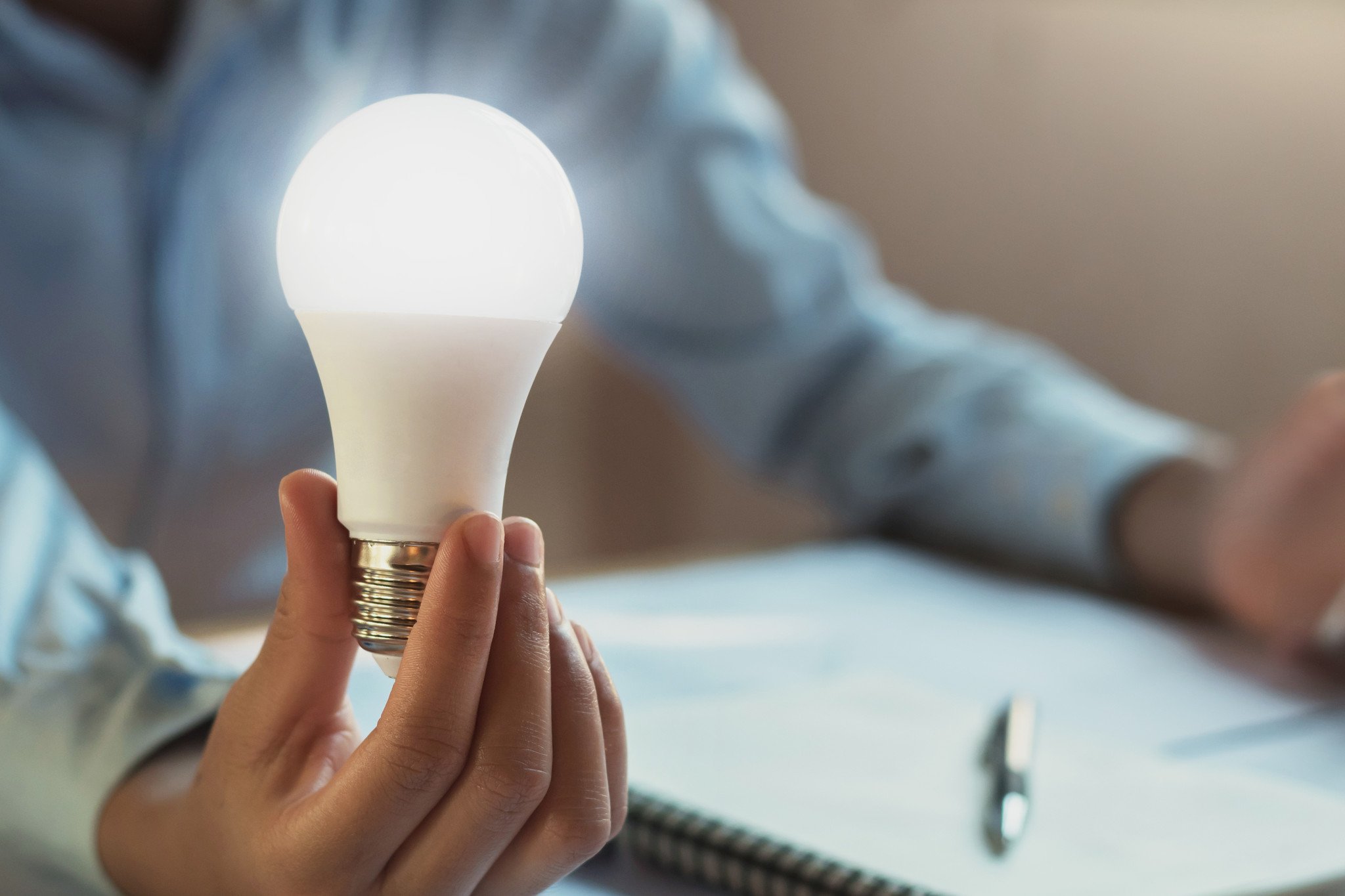The recycling process of LED lighting
The recycling process of LED lighting
We are using more and more LED lighting because it is more sustainable and better for the environment. But do we know what happens to our used LED lights? LED lighting has a longer lifespan and is at the same time economical. It is therefore undeniable that LED lighting is the perfect alternative to traditional lighting systems.
It is important to know how the valuable materials used in these lighting products can be recycled and recovered. Using current e-waste recycling techniques, LED specific materials such as semiconductors such as gallium, rare earth metals such as yttrium, lanthanum or europium and precious metals would be lost and end up in our environment.
More than 90% of a LED lamp is recyclable!
How does recycling LED lighting work?
By recovering the glass, plastics and metals contained in the LED products, up to 90% can be recycled. The LED packaging is treated first, so that impurities can be removed. These components are easily detected by their intense fluorescence under UV light. However, as long as there are no ready-to-use methods available to recover the critical elements of LEDs, they can be collected and stored using the common procedure for waste phosphors from fluorescent lamps.
Then the LED lamp is crushed and the various components are separated. From here, the glass is passed through a magnetic field that can remove any ferrous metals (ice-containing metals) present. To remove the aluminium and lead in LED lamps, a non-ferrous metal separator blows air onto the broken glass to guide the metal through a separate channel. The glass and aluminium can then be used in other products.
Since glass is not broken down during recycling, it can be recycled many times. The collected electronic components are transferred to e-waste recyclers who remove the copper from the electromagnetic coils.
Why is it important to recycle LED lamps?
Despite LED lighting having a lifespan significantly longer than 10 years, each LED lamp will sooner or later contribute to the electronic waste mountain that is constantly growing in our society. Especially now that the amount of LED lighting on the market is only increasing.
LED lighting is environmentally friendly, but it is crucial to recover the key elements of LEDs and avoid losing the valuable elements in the LEDs. Some substances can be dangerous for the environment and also cause health problems. This makes it important that LED equipment does not just end up in landfills.
The demand for LED lighting is increasing every year. It is therefore only logical that the recycling process needs to be further optimised.
Tip:







